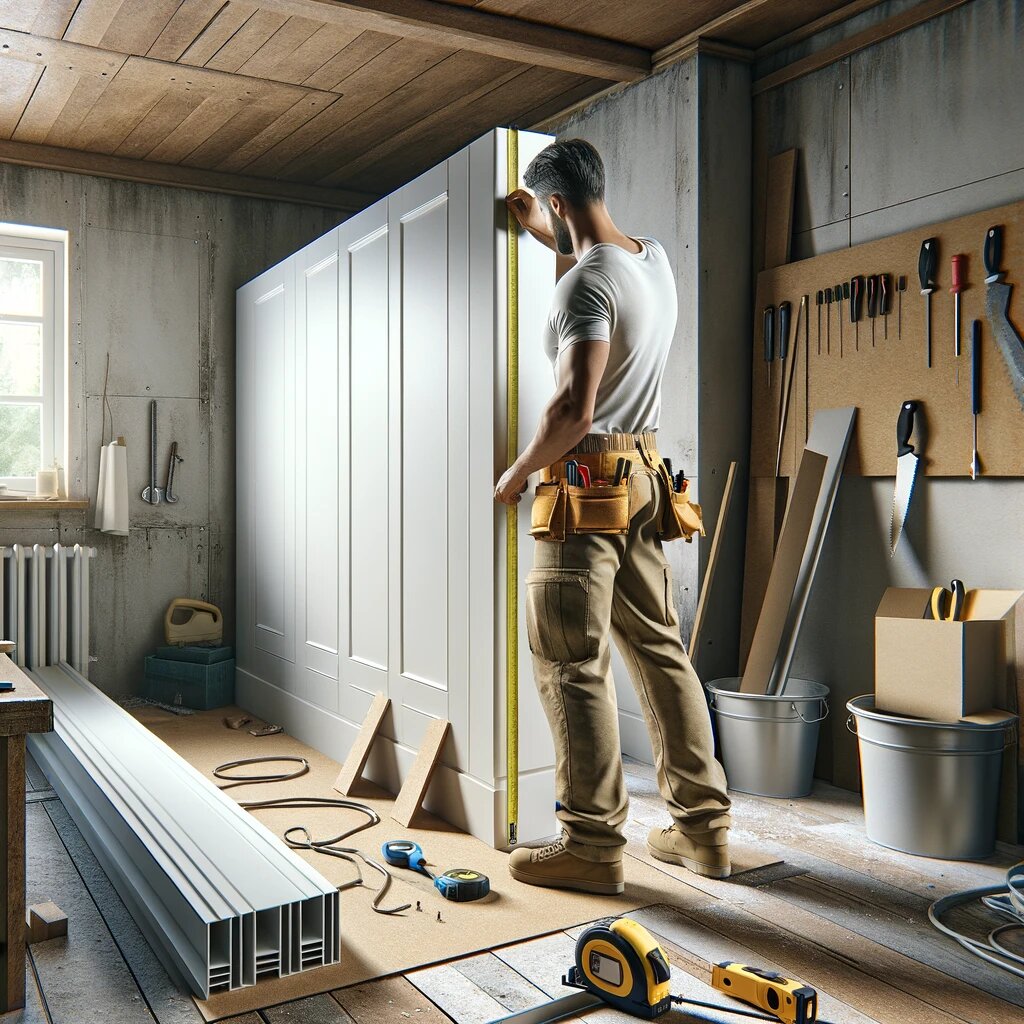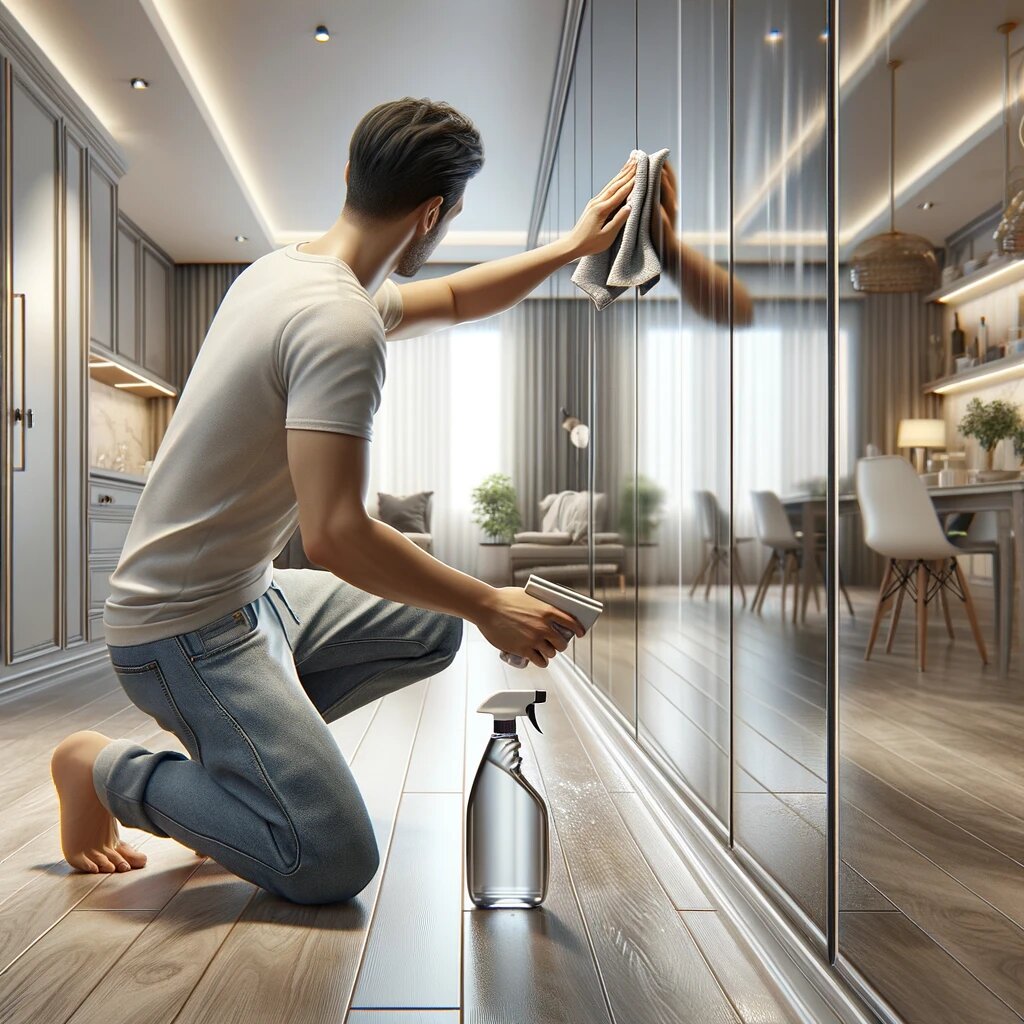PVC paneling has become a popular choice in the building materials industry due to its durability, versatility, and eco-friendliness. Unlike traditional materials such as wood and MDF, PVC panels offer superior resistance to moisture, making them ideal for various applications in both residential and commercial settings. Manufactured using the advanced Celuka process, PVC panels are lightweight yet sturdy, offering an excellent balance of aesthetics and functionality. This process also enhances the surface quality, making PVC panels an attractive and practical option for modern construction and renovation projects.
In this blog post, we will delve into the many facets of PVC paneling, providing a comprehensive guide to its installation, maintenance, and design possibilities. You’ll learn about the advantages of using PVC panels, step-by-step instructions for installing them, and how to keep them looking their best over time. Additionally, we will explore various design ideas to inspire your next project, whether it’s a residential makeover or a commercial upgrade. By the end of this post, you’ll have a thorough understanding of why PVC paneling is a smart choice for any building project.
Understanding PVC Paneling
What is PVC Paneling?
PVC paneling is a building material made from polyvinyl chloride (PVC), a type of plastic known for its durability and versatility. These panels are used as wall and ceiling coverings, providing a protective and decorative layer. Unlike wood or MDF, PVC panels are impervious to water, making them suitable for high-moisture areas such as bathrooms and kitchens.
Advantages of PVC Paneling
PVC paneling offers numerous benefits over traditional materials. It is exceptionally durable and can withstand impacts and wear over time. Its water and moisture resistance makes it ideal for damp environments, preventing issues like mold and mildew. PVC panels are also low maintenance, requiring only occasional cleaning to keep them looking new.
Additionally, they are eco-friendly, as they can be recycled and often contain recycled materials, aligning with sustainable building practices. The aesthetic versatility of PVC panels allows for various finishes, textures, and colors, ensuring they can complement any design style.
Types of PVC Paneling
There are several types of PVC paneling available, each suited to different applications and aesthetic preferences. Solid PVC panels are dense and durable, providing excellent insulation and soundproofing. Hollow PVC panels are lighter and often used for ceiling applications. Both types come in various finishes, including textured and smooth, to match the desired look and feel of the space.
Installation of PVC Paneling
Preparing for Installation
Before starting the installation, gather all necessary tools and materials, including a measuring tape, level, saw, adhesive, screws, and a drill. Ensure the surface where the panels will be installed is clean, dry, and free of any obstructions. Accurate measurements are crucial; measure the height and width of the area and cut the panels accordingly.
Installation Steps
Mark the Layout
Start by marking the layout on the wall or ceiling where the panels will be installed. Use a level to ensure straight lines.
Install the First Panel
Apply adhesive to the back of the first panel and press it firmly into place. Use screws to secure the panel, starting at one corner.
Secure Panels
Continue installing the panels, applying adhesive and securing each one with screws. Make sure to leave a small gap between panels to allow for expansion.
Handle Corners and Edges
Use corner trims and edge profiles to give the installation a finished look. Cut panels to fit around any obstacles such as outlets or switches.
Finishing Touches
Once all panels are installed, check for any gaps or uneven areas and make necessary adjustments.
Common Installation Mistakes to Avoid
Incorrect Measurements
Always double-check measurements before cutting panels to avoid gaps or overlaps.
Insufficient Adhesive or Fasteners
Ensure adequate adhesive and use enough screws to secure panels firmly.
Ignoring Expansion Gaps
Leave small gaps between panels to accommodate expansion and contraction due to temperature changes.
Maintenance and Care for PVC Paneling
Routine Cleaning and Maintenance
Routine cleaning is simple and requires minimal effort. Use a mild detergent mixed with water and a soft cloth to wipe down the panels. Avoid abrasive cleaners that can scratch the surface. Clean the panels as needed, typically once a month, or more frequently in high-traffic areas.
Handling Stains and Damage
For common stains like dirt or grease, a mixture of water and mild soap usually does the trick. For tougher stains, a non-abrasive cleaner can be used. Minor scratches and dents can often be repaired with a PVC repair kit, available at most hardware stores. For severe damage, replacing the affected panel might be necessary.
Long-term Care Tips
To prevent discoloration, avoid exposing the panels to direct sunlight for extended periods. Use curtains or blinds to block UV rays if necessary. Also, refrain from using harsh chemicals and abrasive materials during cleaning to maintain the panels’ appearance.
Design Ideas and Applications
Residential Applications
PVC paneling is ideal for various residential settings. In living rooms and bedrooms, it can be used to create accent walls that add texture and interest. In kitchens and bathrooms, PVC panels provide a water-resistant solution for walls and ceilings, reducing the risk of mold and mildew.
Commercial Applications
In commercial spaces, PVC paneling is a practical and aesthetic choice. Offices and conference rooms benefit from its soundproofing properties, while retail spaces and showrooms can use it to create visually appealing displays. Restaurants and cafes appreciate its ease of cleaning and durability.
Creative Design Ideas
Accent Walls
Use PVC panels to create eye-catching accent walls in any room.
Combining Materials
Mix PVC panels with other materials like wood or metal for a unique look.
Custom Colors and Textures
Customize panels with different colors and textures to match your design vision.
Conclusion
PVC paneling offers a durable, versatile, and eco-friendly solution for a wide range of applications. Whether you’re renovating a home or upgrading a commercial space, PVC panels provide an attractive and practical option. With its superior moisture resistance, low maintenance requirements, and aesthetic flexibility, PVC paneling can transform any space into a stylish and functional environment.
Ready to take your next project to the next level with high-quality PVC paneling? Contact Coastal Custom Products today to learn more about our extensive range of PVC panels. Our team of experts is here to help you select the best products for your needs, provide professional advice, and ensure a smooth installation process. Reach out to us now to discover how our PVC paneling can enhance your building projects and contribute to a sustainable future.



